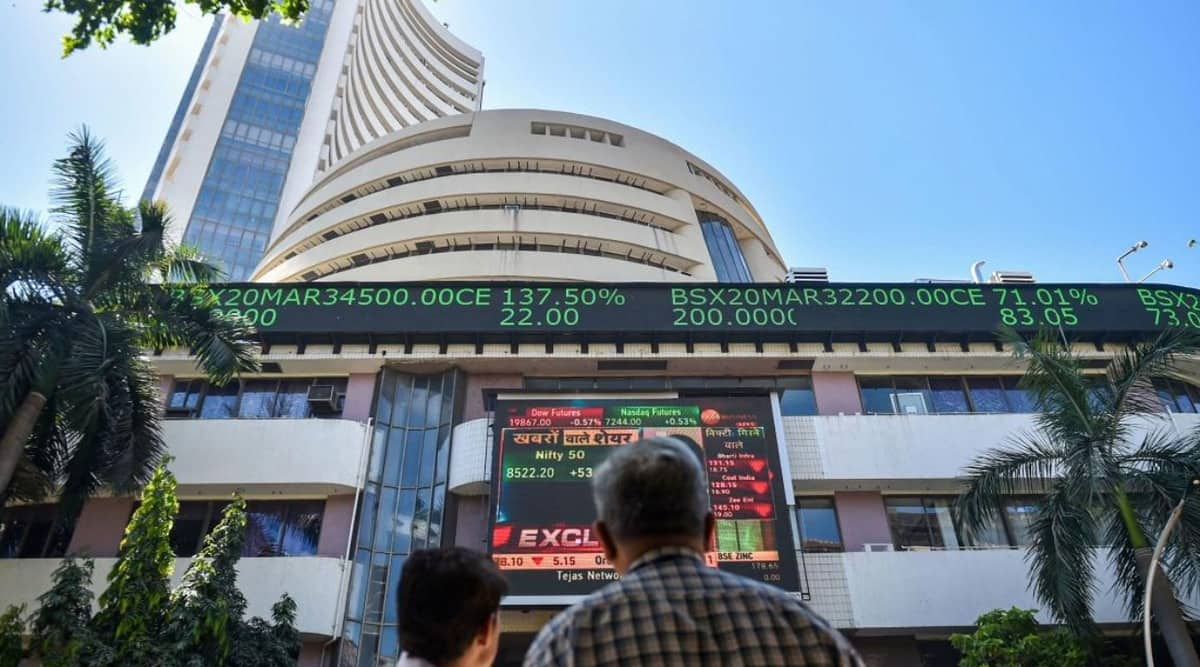Public sector banks (PSBs) have outperformed their private sector peers by a wide margin this year. The Nifty PSU bank index is up 49% compared with 20% gains clocked by the Nifty Pvt Bank index. Six of the 15 top banking stocks this year are PSBs, with average returns of 62%.
PSBs have been on the path of normalisation over the past few years and have delivered the best RoA in past eight years in the quarter ended September, according to analysts.
The brokerage believes that the current environment of tight liquidity, sticky opex and benign asset quality will be more beneficial for PSBs. The PSB RoA/RoE improvement story has further tailwinds in FY24 in the form of net interest margins, credit costs and operating leverage, and many are likely to hit RoEs of 14-15%. The valuation discounts (ex-SBI) have meaningful room to narrow as multiples are still one-third of private sector peers for a 10-20% ROE discount.
Also Read: RRBs may get to adopt reforms agenda meant for larger banks
“The most comforting factor is the broad-based improvement in asset quality metrics. PSBs will likely continue to lag on capital, but the gap will likely narrow as the core profitability improves going forward. The loan growth is likely to normalise but remain healthy at 12-15% levels on strong retail demand and pick in the corporate segment,” the brokerage said.
The loan deposit ratio of PSBs is 15% lower than private peers and 8% lower than peak level, providing much room for improvement. The asset quality is unlikely to lag private peers as the provision coverage ratio is healthy at over 75%. “PSBs, in theory, have bigger scope for recoveries in FY24 from their still bigger legacy NPA book,” said the brokerage.
The banking sector continues to remain in a sweet spot with sustained strong growth and relatively better asset quality performance. “NIMs are expected to remain stable or marginally improve in near-term. While the restructured book for most of the banks has been performing well, relapse in the coming quarters will be closely tracked. Key risks include slower than expected loan growth, higher than expected stress and NIM compression,” said a note by Haitong Securities.
Bank credit is seen growing at about 15% per annum in FY23 and FY24, riding on broad-based economic recovery and stronger, cleaner balance sheets that allow lenders to expand credit, according to estimates by Crisil Ratings. This factors an expected 7% increase in GDP this fiscal, as well as impetus to credit growth from the government’s infrastructure push, higher working capital demand, and some substitution of debt capital market borrowings.
In the past few years, asset quality challenges, referral to the prompt corrective action framework in a number of cases and limited capital buffers have constrained credit growth, particularly for PSBs.


